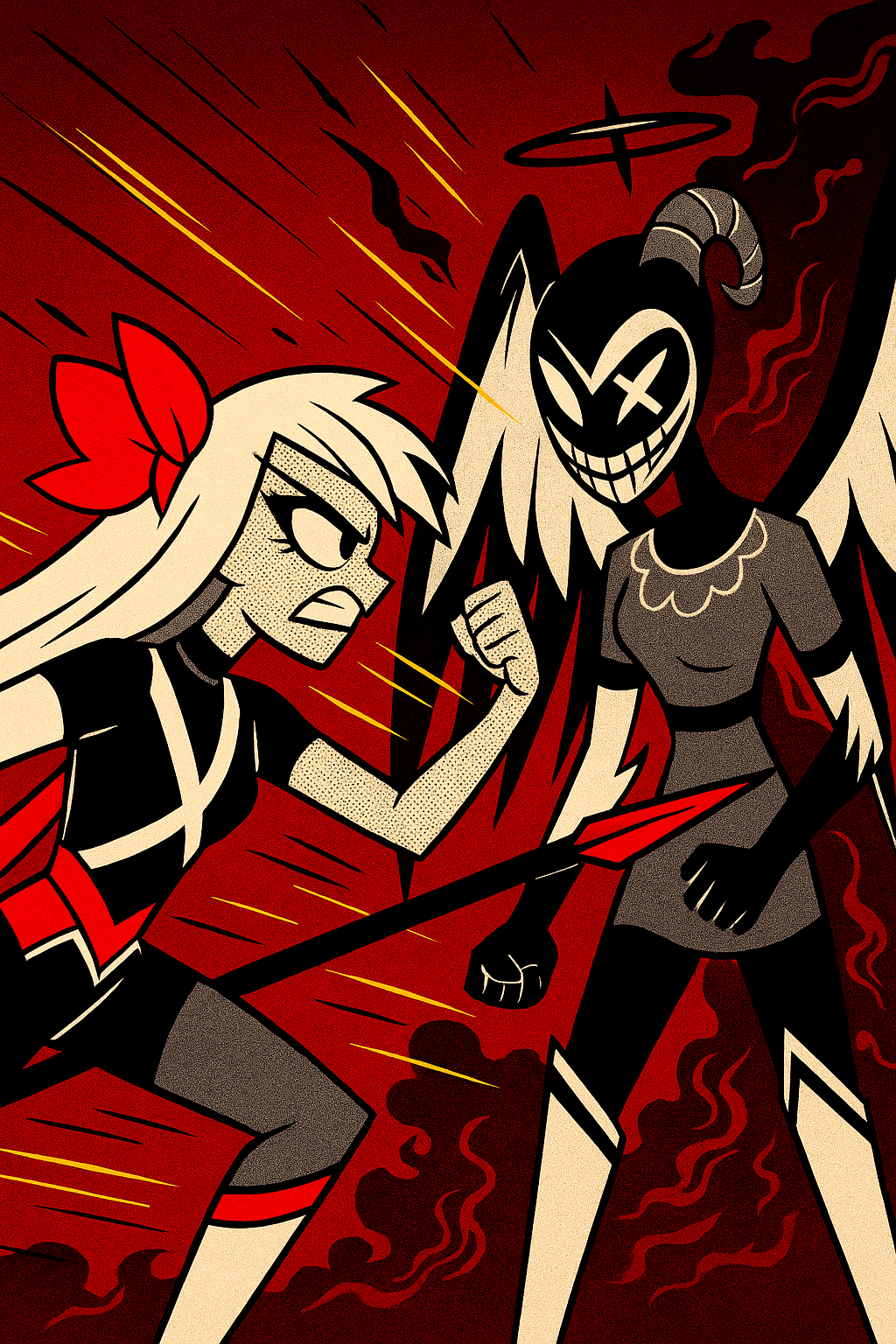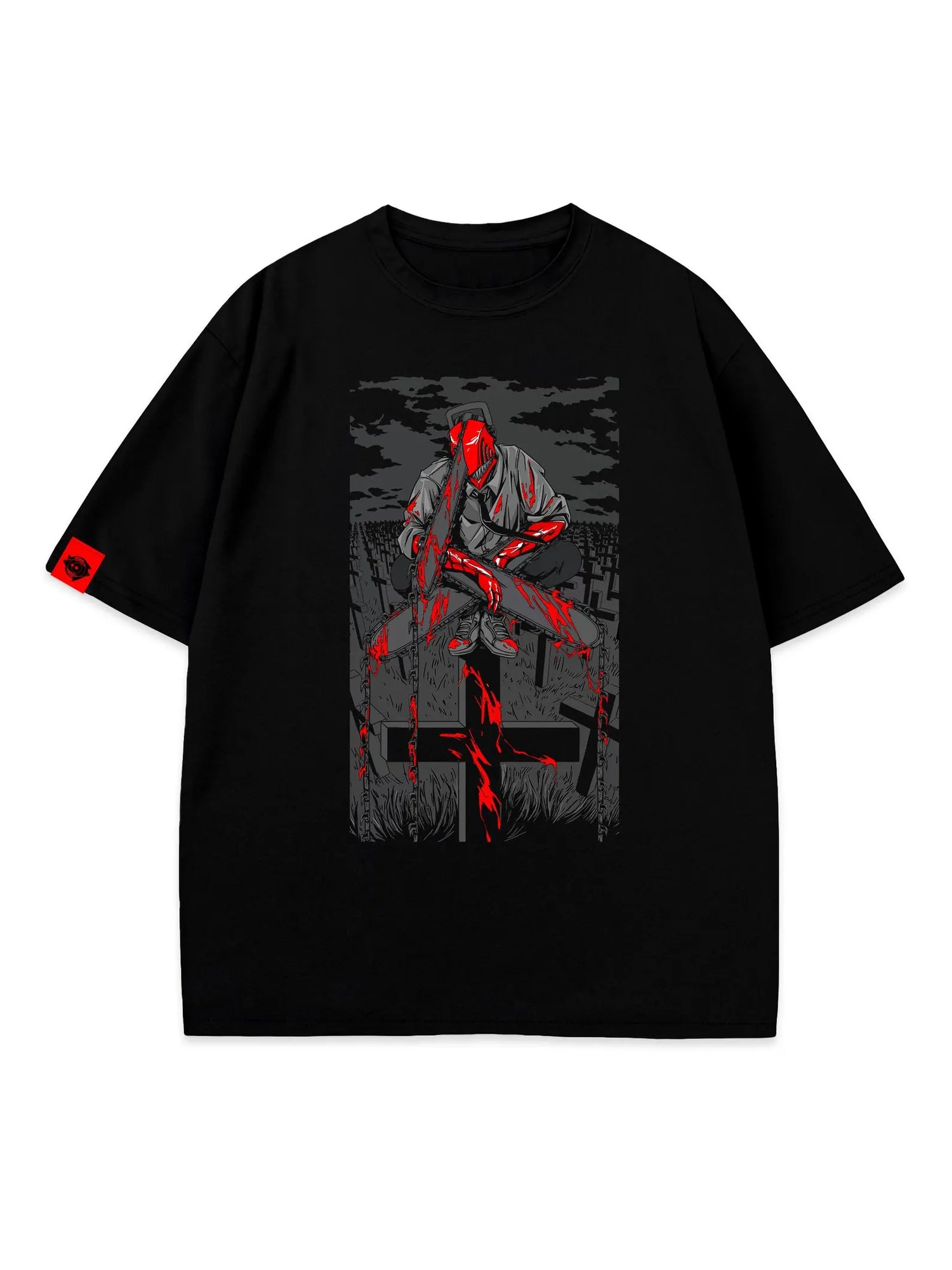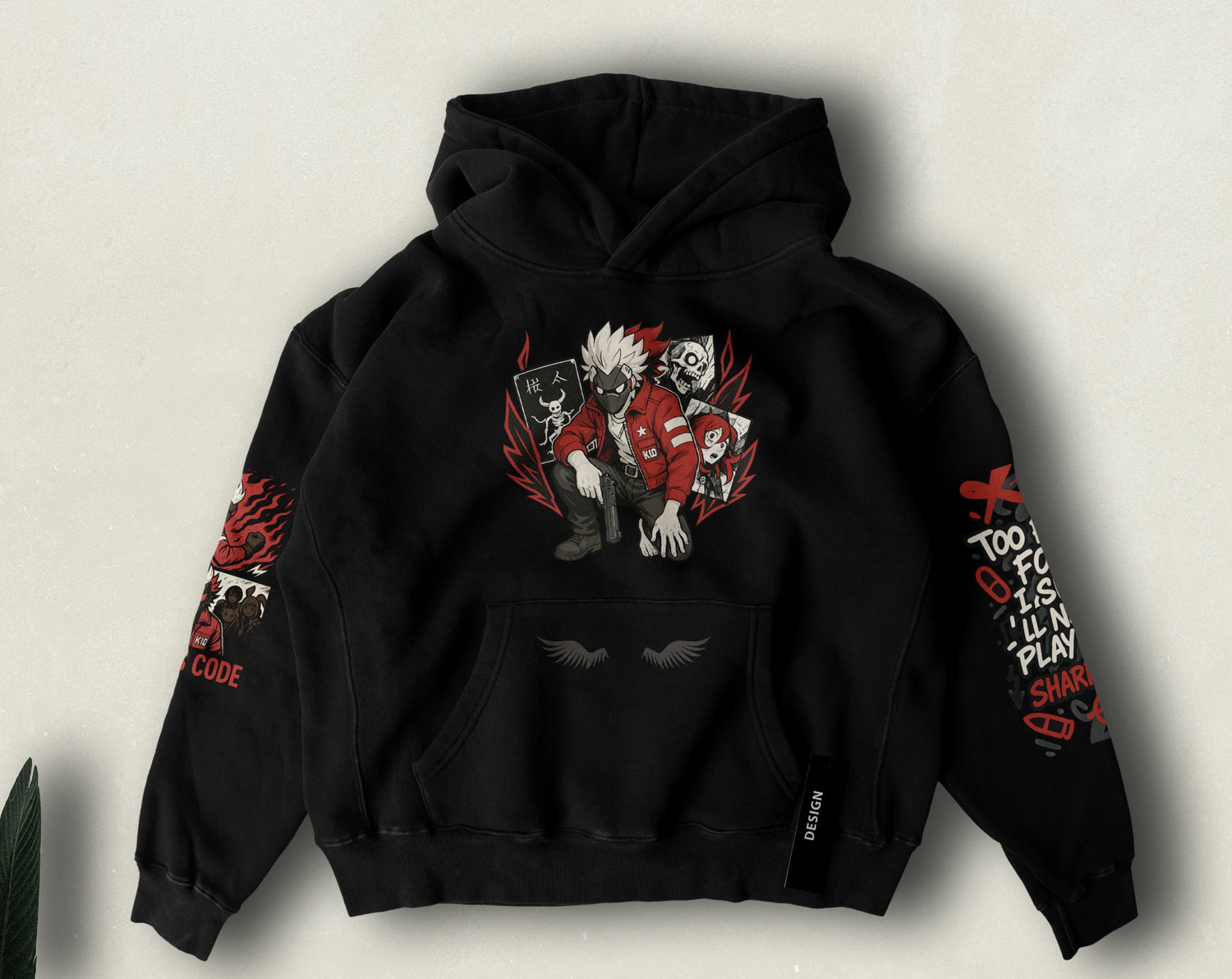Seit seinem ersten Erscheinen im Jahr 2014 Five Nights at Freddy’s – oft kurz FNAF genannt – ist ein beliebtes Franchise für Horrorspiel-Fans. Ursprünglich von Scott Cawthon erschaffen, entwickelte sich dieses Indie-Phänomen schnell zu einer vollwertigen Horror-Marke. Bekannt ist es vor allem für seine eigentümliche Mischung aus Roboter-Maskottchen (Animatronics), schwach beleuchteten Fluren und einem schleichenden Gefühl der Angst, das mit jeder Minute zunimmt. Nach Jahren der Vorfreude und Gerüchte kommt FNAF endlich auf die Leinwand. Was erwartet uns also von dieser Verfilmung? In diesem ausführlichen Blogbeitrag beleuchten wir die Entstehung des Films, die Handlung, das Produktionsteam, die Besetzung und den Hype um eine der meistdiskutierten Horrorspiel-Adaptionen der jüngeren Vergangenheit.
1. Vom Spiel zum Film: Der Aufstieg des FNAF-Phänomens
1.1 Neudefinition des Horror-Genres im Gaming
Als FNAF 2014 als eigenständiges Videospiel erschien, eroberte es das Horror-Genre im Sturm. Spieler schlüpften in die Rolle eines Nachtwächters in einem alten, familienfreundlichen Unterhaltungsrestaurant. Von Mitternacht bis zum Morgengrauen mussten sie in einem kleinen Büro überleben, indem sie Überwachungskameras überwachten, die begrenzte Stromversorgung verwalteten und mörderische animatronische Wesen abwehrten. Anstatt ausschließlich auf Blut zu setzen, setzte das Spiel auf klaustrophobische Spannung, Ressourcenmanagement und plötzliche „Jump Scares“, um die Spieler in Atem zu halten.
Dieser unkonventionelle Spielstil begeisterte schnell die Fantasie des Publikums. Die Einfachheit und die immer wiederkehrenden Spannungsschleifen führten zu zahlreichen Fortsetzungen – alle mit einer sich ständig erweiternden, unheimlichen Hintergrundgeschichte, in der es um vermisste Kinder, gruselige Spielmechaniken und die mysteriöse Figur hinter diesen Vorfällen geht.
1.2 Die Reise zum Kino
Angesichts des kometenhaften Erfolgs von FNAF in der Spielewelt war es nur eine Frage der Zeit, bis Gespräche über eine Verfilmung aufkamen. Schon bald unterstrichen Spin-off-Projekte wie Comics, Romanreihen und sogar animierte Kurzfilme das Potenzial der Marke. Fans fragten immer wieder: „Wann kommt endlich ein großer Film?“ Gerüchte über eine mögliche Verfilmung kursierten bereits 2015, als Schöpfer Scott Cawthon Ankündigungen machte und Verträge mit verschiedenen Produktionsteams unterzeichnete. Doch die offizielle Produktion dauerte länger als erwartet. Schließlich schloss die berühmte Horrorfilm-Produktionsfirma Blumhouse Productions griff ein, beschleunigte die Entwicklung und schürte die Begeisterung in der Fangemeinde.
2. Kernhandlung und Atmosphäre
2.1 Die dunklen Geheimnisse von Freddy Fazbears Pizza
Ähnlich wie die Spiele dreht sich auch der Film um die inzwischen verlassene „Freddy Fazbear's Pizza“, ein beliebtes Familienrestaurant in seinen besten Zeiten. Einst feierten Kinder dort Geburtstage, genossen Pizza und wurden von den mechanischen Maskottchen Freddy, Bonnie, Chica und Foxy unterhalten. Doch die Zeiten haben sich geändert. Nachts erwachen die Animatronics auf beunruhigende Weise zum Leben. Unser Protagonist (die Hauptfigur des Films) ist ein vom Pech verfolgter Wachmann, der die Nachtschicht in dem geschlossenen Restaurant annimmt und feststellt, dass er in den dunklen Gängen alles andere als allein ist.
Neben den Jump Scares verwebt der FNAF-Film auch Hintergrundgeschichten aus den Spielen: Gerüchte über vermisste Kinder, unheimliche Geheimnisse hinter Roboterlächeln und Familientragödien, die mit Freddy Fazbears Vergangenheit verknüpft sind. Statt eines einfachen Monsterfilms verkompliziert das Geheimnis in den einst so fröhlichen Mauern dieser Pizzeria die Handlung zusätzlich – und bietet ein faszinierendes Puzzle, das sich Schritt für Schritt entfaltet.
2.2 Übertragung von Spielmechaniken auf Filme
In den ursprünglichen FNAF-Spielen sind die Spieler praktisch an einen Ort – ein Büro – gefesselt, müssen Kamerabilder überwachen, mit der begrenzten Stromversorgung umgehen und Türen kurz vor einem tödlichen Animatronic-Angriff schließen. Der Film vermittelt dieselbe Vorstellung von Klaustrophobie und Spannung. Enge Korridore, schlecht beleuchtete Räume und das unterschwellige Gefühl, beobachtet zu werden, verstärken die Spannung. Erwarten Sie eine Betonung von flackernden Lichtern, abrupten Enthüllungen und gruseligen Soundeffekten, die an die berühmte „Sitzen-und-Warten“-Horrormechanik der Spiele erinnern. Wie die Macher angedeutet haben, wollen sie den Schrecken des Gefangenseins ohne Ausweg einfangen.
3. Produktionsteam und Besetzung
3.1 Eine Partnerschaft mit Blumhouse
In der Horror-Community bekannt, Blumhouse Productions steht hinter erfolgreichen Franchises wie Paranormale Aktivität , Die Säuberung und Get Out – bekannt für hohe Einnahmen aus Horrorfilmen mit bescheidenem Budget. Die FNAF-Adaption trägt Blumhouses typischen Stil hochintensiver Spannung. Dieses Mal wurde dem Produktionsdesign – insbesondere dem Restaurant-Set und den animatronischen Bewegungen – jedoch besondere Aufmerksamkeit gewidmet. Unter der Leitung des Blumhouse-Teams und des Spieleentwicklers Scott Cawthon wird der Film voraussichtlich der Überlieferung treu bleiben, sehr zur Freude der Fans.
3.2 Schauspieler und Charaktere
Die Hauptbesetzung ist Josh Hutcherson (berühmt für seine Rolle in „Die Tribute von Panem“), der sich hier mit einer ganz anderen Charakterherausforderung auseinandersetzt. Ihm zur Seite steht Matthew Lillard (erkennbar aus „Scream“ und den „Scooby-Doo“-Filmen). Während einige Charaktere ihre Ursprünge im Spiel widerspiegeln, wurden andere für den Film erweitert und erhielten neue Tiefe und Motive. Die animatronischen Synchronsprecher wurden ebenfalls sorgfältig ausgewählt, um sicherzustellen, dass die klassischen, gruseligen Zeilen aus den Spielen nahtlos in die Live-Action übertragen werden – und so sowohl Nostalgie als auch frischen Schrecken erzeugen.
4. Erwartungen und Fanreaktionen
4.1 Aufregung unter FNAF-Fans
Jahrelang warteten FNAF-Fans sehnsüchtig auf den lang versprochenen Film. Sobald offizielle Teaser veröffentlicht wurden, brodelten die Spekulationen in den sozialen Medien. Die Diskussionsthemen reichten von der originalgetreuen Nachbildung der Animatronics bis hin zu den Handlungselementen aus der umfangreichen Spielgeschichte, die es in die endgültige Fassung schaffen würden. Jedes Setfoto oder Kostümleck löste neue Theorien über Easter Eggs, versteckte Hintergrundgeschichten und die Frage aus, wie der Film die bestehenden Handlungsstränge erweitern oder davon abweichen könnte.
Unterdessen erlebten Fan-Art, Theorien und Fan-Fiction – die bereits wichtige Bestandteile der FNAF-Community sind – einen wahren Kreativitätsschub, als die Leute ihre Begeisterung und ihre persönlichen Ansichten darüber teilten, was der Film bringen würde.
4.2 Kritische Anmerkungen
Historisch gesehen haben Horrorfilme, die auf Spielen basieren, oft Schwierigkeiten, bei Mainstream und Kritikern Anklang zu finden, und wirken manchmal entweder „verwässert“ oder „abgespeckt“. Doch das FNAF-Projekt hat dank seiner bereits bewährten Horrormechanik und Blumhouses spezialisierter Erfolgsbilanz für Aufsehen gesorgt. Kritiker sind besonders gespannt, ob der Film die gleiche Gänsehaut-Atmosphäre wie das Spiel erzeugen wird oder ob er zu sehr auf Jumpscares auf Kosten der erzählerischen Substanz setzt.
5. Visuelles und Sounddesign
5.1 Glaubwürdigkeit der Animatronics
Das Herzstück von FNAF sind die animatronischen Maskottchen – Roboter-Darsteller, die nach Einbruch der Dunkelheit eine echte Bedrohung darstellen können. Fans fragten sich, ob der Film stark auf CGI oder praktische Effekte setzen würde, um diese Charaktere zum Leben zu erwecken. Laut Informationen hinter den Kulissen entschieden sich die Filmemacher für praktische Anzüge und Animatronik Wo immer möglich, wird CGI hauptsächlich für kleine Verbesserungen eingesetzt. Durch die Verwendung greifbarer, physischer Animatronik am Set wird das Gefühl echter Gefahr verstärkt und jede Bewegung und jedes Zucken noch beunruhigender.
5.2 Klanglandschaft und Musik
Sounddesign ist in Horrorfilmen entscheidend: Subtiles metallisches Klirren und leises Summen versagender Elektronik können genauso furchteinflößend sein wie eine laute, plötzliche Explosion. FNAFs Gaming-Wurzeln basieren stark auf beunruhigender Stille und markanten Geräuschen (wie dem Quietschen eines Animatronics, der den Flur entlangläuft). Der Film greift ähnliche Elemente auf: gebrochene Schlafliedmelodien im Hintergrund, hallende Arcade-Sounds aus alten Lautsprechern und abrupte Lärmausbrüche dort, wo man sie am wenigsten erwartet. Dieser sinngesteuerte Ansatz hält den Druck hoch und erinnert daran, wie Spiele die Spannung tröpfchenweise aufbauen und dann beängstigende Höhepunkte entfesseln.
6. Fazit: Eine frische Variante eines modernen Horror-Favoriten
Der Fünf Nächte bei Freddy Der Film trägt die enormen Erwartungen der Fans. Während die enorme Popularität des Spiels jede Adaption in den Schatten stellen kann, will der Film als Horrorerlebnis für sich stehen. Indem er – dank Scott Cawthons Beteiligung – der Grundstimmung treu bleibt und dennoch neue Perspektiven erkundet, verspricht der Film sowohl Neueinsteiger als auch langjährige Fans zu begeistern.
6.1 Wer wird Freude daran haben?
- Engagierte Fans der Spiele : Sie werden es genießen, Easter Eggs, Referenzen und Erweiterungen der FNAF-Überlieferung zu entdecken, die sie kennen und lieben.
- Horror-Fans : FNAF ist alles andere als ein typischer „Monsterfilm“. Er verbindet psychologischen Schrecken mit regelrechten Jump-Scares und bietet Genre-Fans etwas Neues.
- Neue Zuschauer : Selbst wer sich nicht mit der Geschichte des Spiels auskennt, kann den Film als eigenständige, gruselige Horrorgeschichte genießen. Wenn Sie gruselige Restaurants, Spukhäuser und spannende Überlebensszenarien lieben, wird Sie dieser Film nicht enttäuschen.
6.2 Gesamteindruck
Die Debatte wird sich sicherlich darum drehen, wie gut der Film die ikonische „Kameraüberwachungs“-Mechanik umsetzt, ob die Rollen der Animatronics gut umgesetzt sind und wie die zugrundeliegenden Geheimnisse gelüftet werden. Eines scheint jedoch sicher: Der FNAF-Film hat das Potenzial, ein zentrales Thema im Horrorgenre zu werden. Ausgehend von einer Gaming-Ikone des 21. Jahrhunderts, geprägt von Blumhouses Horror-Expertise und geleitet vom ursprünglichen Schöpfer des Franchise, könnte das Ergebnis der perfekte Einstieg für neue Zuschauer und eine erfreuliche Ergänzung für eingefleischte Fans sein. Wenn Sie von lauernden Robotern in dunklen Korridoren und der anhaltenden Tristesse hinter einem einst so fröhlichen Familienrestaurant angezogen werden, machen Sie sich bereit: Freddy Fazbear's Pizza öffnet wieder seine Türen – diesmal im Kino.




